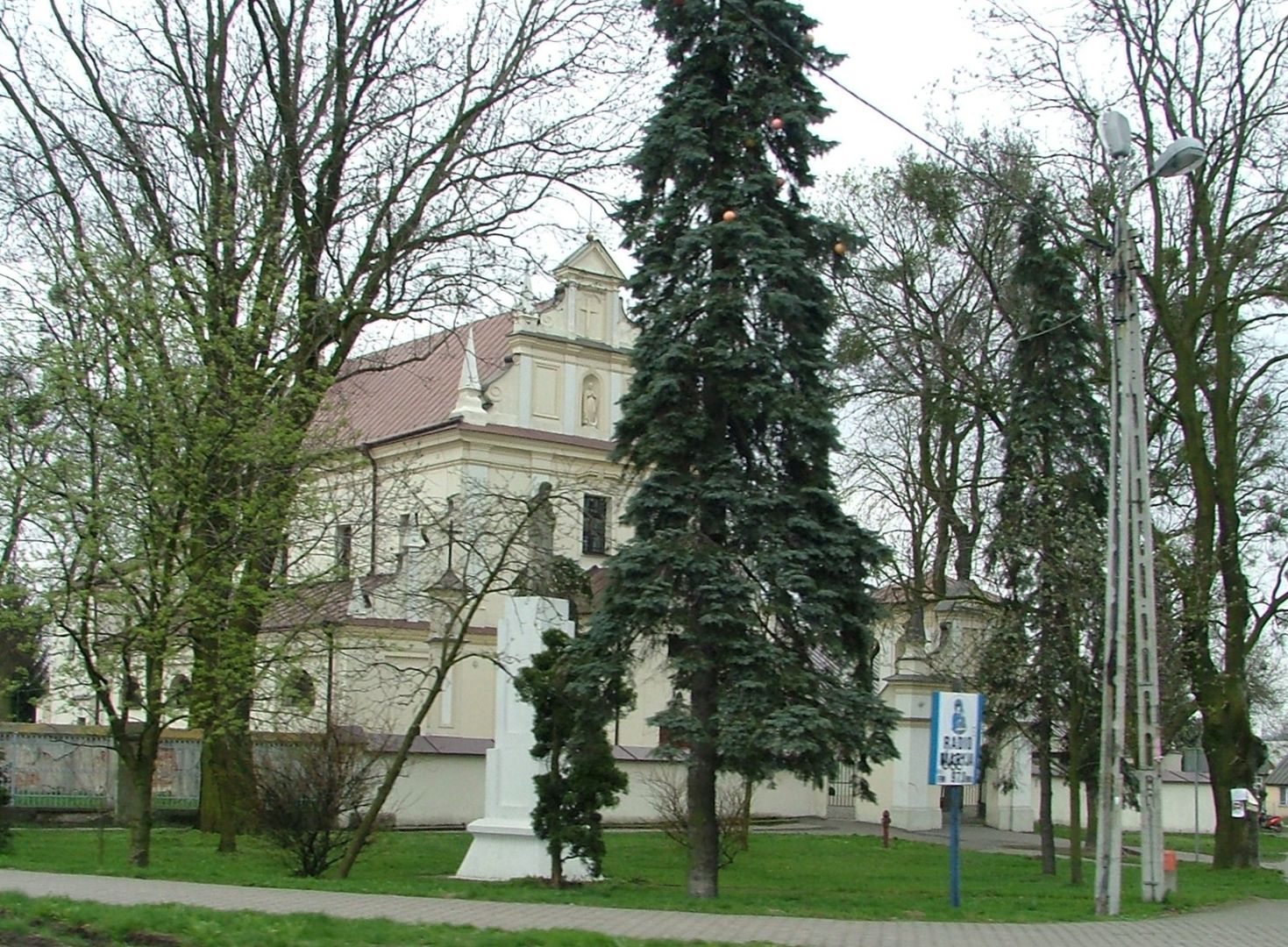Kurow
6.45

Overview
Kurow is a settlement in the Lublin Voivodeship, once a town, located on the Kurówka River. It received its town charter in 1442 and lost its municipal status in 1870, becoming a village. The locality is traversed by provincial road No. 874 and partially by the S12 and S17 expressways, making it an important transportation hub. The history of Kurów dates back to the 12th century, with the first mention of the settlement appearing in 1185. Over the centuries, it served as the seat of the Kurowski County and was the site of significant historical events, including battles during national uprisings. During the partitions of Poland, the town fell under Austrian rule and later became part of the Lublin Governorate. Kurów was known for its cooperage industry, and during World War II, its Jewish community was brutally decimated. The architecture of Kurów includes numerous historical monuments, such as the Church of the Nativity of the Blessed Virgin Mary, an 18th-century belfry, a presbytery, and a disused Jewish cemetery. The Jewish community played a significant role in the life of Kurów, with its own synagogue and cemeteries. In the 20th century, the town was a renowned center for the fur trade. In 2023, efforts were made to restore Kurów's town status. Tourist routes of note include the Lublin Renaissance Trail, as well as cycling and horseback riding trails. The people of Kurów maintain sporting traditions, with local clubs like the Kurowski Klub Sportowy Garbarnia actively participating in league competitions. Notable figures from Kurów include Eustachy Ostaszewski, a hero of the November Uprising, and Wojciech Jaruzelski, a significant historical figure of the 20th century.
Location
2025 Wizytor | All Rights Reserved